Magnetic Moment
A magnetic moment is a fundamental property of any object that produces a magnetic field. It is a measure of how strong a magnet is and how its magnetic field is oriented in space. In other words, it helps us understand the strength and direction of an object’s magnetic properties. Therefore, it is a vector quantity.
Magnetic moments can arise from various sources:
- Current-carrying loops, for example, an electric current flowing through a wire
- Atomic sources, such as the orbital motion and spin of electrons
- Magnets like bar magnets which generate their magnetic fields
Magnetic Moment Formula
The magnetic moment quantifies how an object responds to an external magnetic field or generates its magnetic field. The formula for calculating the magnetic moment depends on the system involved, whether it is a current-carrying conductor or a particle like an electron.
Example 1: Current-Carrying Conductor
For a simple current-carrying conductor, such as a circular wire, the magnetic moment is calculated using the formula:
Where:
– 𝜇 is the magnetic moment
– I is the electric current.
– A is the area of the loop or region through which the current flows.
If the wire forms a loop with radius r, the area A of the loop is:
The magnetic moment of this loop becomes:
Thus, the magnetic moment is proportional to both the current and the size of the loop. Larger currents or larger loops result in a stronger magnetic moment.
Units
The magnetic moment is measured in units of ampere∙meter squared (A∙m2). This unit represents how much current is flowing over a certain area. In some cases, the magnetic moment is also measured in joules per tesla (J/T), which reflects how much energy is stored in the magnetic field when it interacts with another magnetic field.
Problem: A circular loop of wire has a radius of 0.1 meters, and it carries a current of 5 amperes. Calculate the magnetic moment of the loop.
Solution
The loop is circular, so we use the following formula for the magnetic moment:
Given, I = 5 A and r = 0.1 m
Substituting the values:
So, the magnetic moment of the loop is 0.157 A·m².
Example 2: Electron in Orbit
Magnetic moments are not just limited to large objects like magnets or conducting wire; they also exist at the atomic level. These atomic-level magnetic moments arise due to the behavior of electrons, which generate tiny magnetic fields through two primary mechanisms: their orbital motion around the nucleus and their intrinsic property known as “spin”.
Electrons move around the nucleus of an atom in paths known as orbitals. As they travel, they create a small loop of electric current, which produces a magnetic field—similar to how a current-carrying wire generates a magnetic field. The magnetic moment produced by this motion is known as the orbital magnetic moment and is given by the following equation:
Thus, the magnetic moment depends on both the speed and radius of the orbit. The larger the orbital, or the faster the electron moves, the greater this magnetic moment.
In addition to their orbital motion, electrons also have a property called spin, which can be thought of as the electron spinning around its axis. This spin generates another magnetic moment, called the spin magnetic moment, which is typically even stronger than the orbital magnetic moment. These two types of magnetic moments – orbital and spin – combine to create the overall magnetic moment of an atom.
Unit
The unit for measuring the magnetic moment of an electron around an orbit is the Bohr magneton, which is represented by the symbol μB.
Magnetic Dipole Moment
While magnetic moment serves as a broad concept that applies to various magnetic sources, one specific and important type is the magnetic dipole moment. It describes the strength and orientation of a magnetic source with two magnetic poles: a north pole and a south pole.
Example
A classic example of a magnetic dipole is a bar magnet. A bar magnet has a north pole and a south pole, creating a magnetic field around it. The magnetic dipole moment of the bar magnet is a measure of how strong this field is and points from the south pole to the north pole.
The magnetic dipole moment of a bar magnet can be expressed as:
Where:
– m is the pole strength of the magnet (in ampere-meters, A·m)
– l is the distance between the north and south poles, also known as the magnetic length (in meters, m)
The magnetic dipole moment has units of ampere-square meters (A·m²) and provides a measure of the bar magnet’s ability to generate a magnetic field.
-
References
Article was last reviewed on Wednesday, December 4, 2024



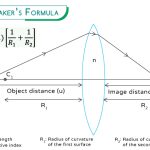
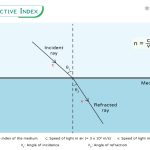
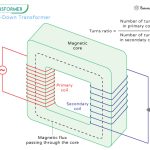
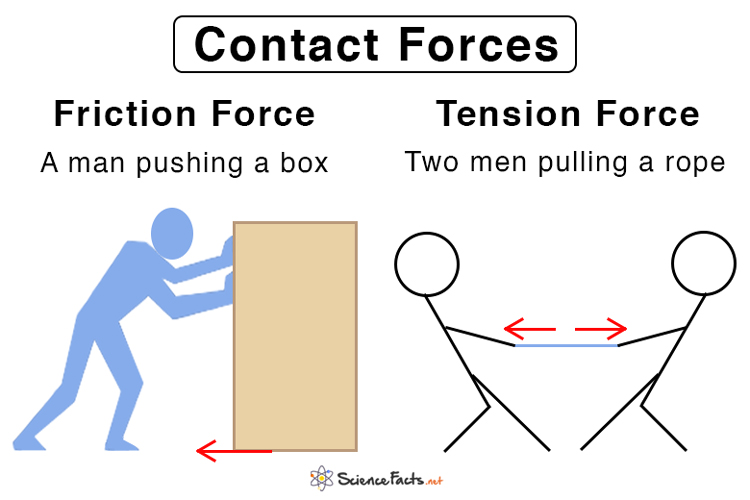
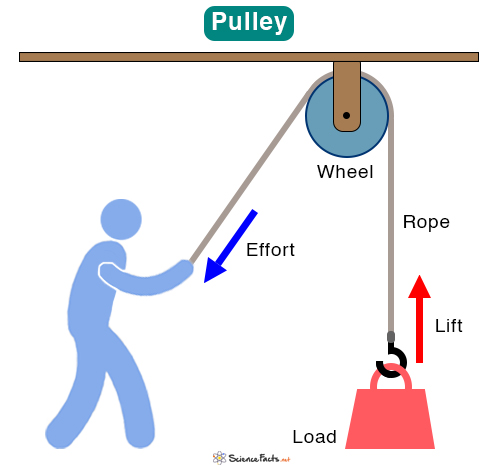
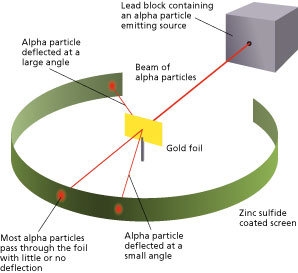
How do I get my energy Calculating for electricity
Thank you for your question! Could you please clarify how your inquiry relates to the topic of this article?